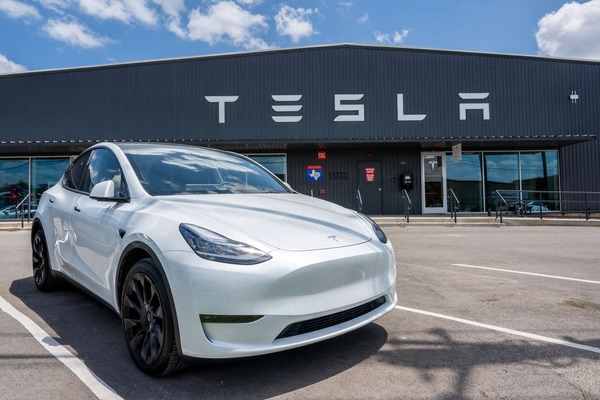Elon Musk, the CEO of Tesla, recently disclosed plans to downsize Tesla’s global workforce by more than 10% owing to a decrease in demand for electric vehicles. This reduction in workforce was detailed in a memo where Musk cited redundancies in roles and the imperative to streamline costs as the primary motivations behind the layoffs.
The workforce reduction comes as they wrapped up 2023 with a substantial employee base exceeding 140,000 individuals. Consequently, the planned layoffs are expected to impact more than 14,000 employees across various Tesla locations globally.
Read also: Nigerian mobility startup, Moove secures $110 Million in Q1 2024
Musk’s memo underscores the challenging landscape facing Tesla and the broader electric vehicle market. As demand dynamics evolve, companies like Tesla must adapt swiftly to maintain competitiveness and financial sustainability. Streamlining operations by eliminating duplicated roles is a strategic move aimed at optimizing organizational efficiency and resource allocation.
While the decision to reduce workforce size is undoubtedly difficult, it reflects their commitment to operational agility and financial prudence in a rapidly changing industry environment. Musk’s leadership emphasizes the importance of aligning Tesla’s workforce with evolving market conditions to ensure long-term viability and success.
As they navigate this transition, the company remains focused on its core mission of accelerating the world’s transition to sustainable energy. Strategic decisions, such as workforce optimizations, are part of their broader strategy to innovate, scale responsibly, and deliver cutting-edge electric vehicle technologies to global markets efficiently. Collaboration, innovation, and fiscal discipline are key pillars guiding Tesla’s path forward amidst evolving market landscapes and industry challenges.
Navigating Market Challenges at Tesla
Tesla’s recent announcement of layoffs, reducing its global workforce by more than 10%, coincides with a notable shift in the electric vehicle (EV) market. Just two weeks earlier, They reported its first year-over-year sales decline in several years, reflective of an industry-wide slowdown in EV sales. This cooling trend in sales has prompted it to caution investors that sales growth in 2024 may fall significantly short of its targeted 50% annual growth rate.
The strategic decision to downsize the workforce reflects its proactive approach to aligning its operations with shifting market dynamics. The decline in EV sales, coupled with concerns about achieving targeted growth rates, has necessitated cost-cutting measures and organizational optimizations.
Read also: Elon Musk, X owner pleads with advertisers to return
The layoffs, while impactful, are part of Tesla’s broader strategy to navigate market challenges while maintaining its competitive edge and financial stability. By streamlining operations and addressing redundancies, Tesla aims to enhance operational efficiency and allocate resources more effectively, especially in light of evolving market uncertainties.
Tesla’s resilience and adaptability in responding to market shifts underscore its commitment to long-term sustainability and innovation in the EV sector. As it continues to innovate and expand its product offerings, strategic adjustments such as workforce optimizations play a crucial role in ensuring agility and resilience in a competitive market landscape. Collaboration, innovation, and strategic foresight remain central to Tesla’s approach as it charts a course through dynamic market conditions and industry transitions.



